Redmi held a strategic conference on the “Post-Performance Era” theme and invited MediaTek and Pixelworks Semiconductor executives to present a “high-profile event” for the upcoming Redmi K60 Ultra mobile phone. “The warm-up also whetted the appetite of many performance parties.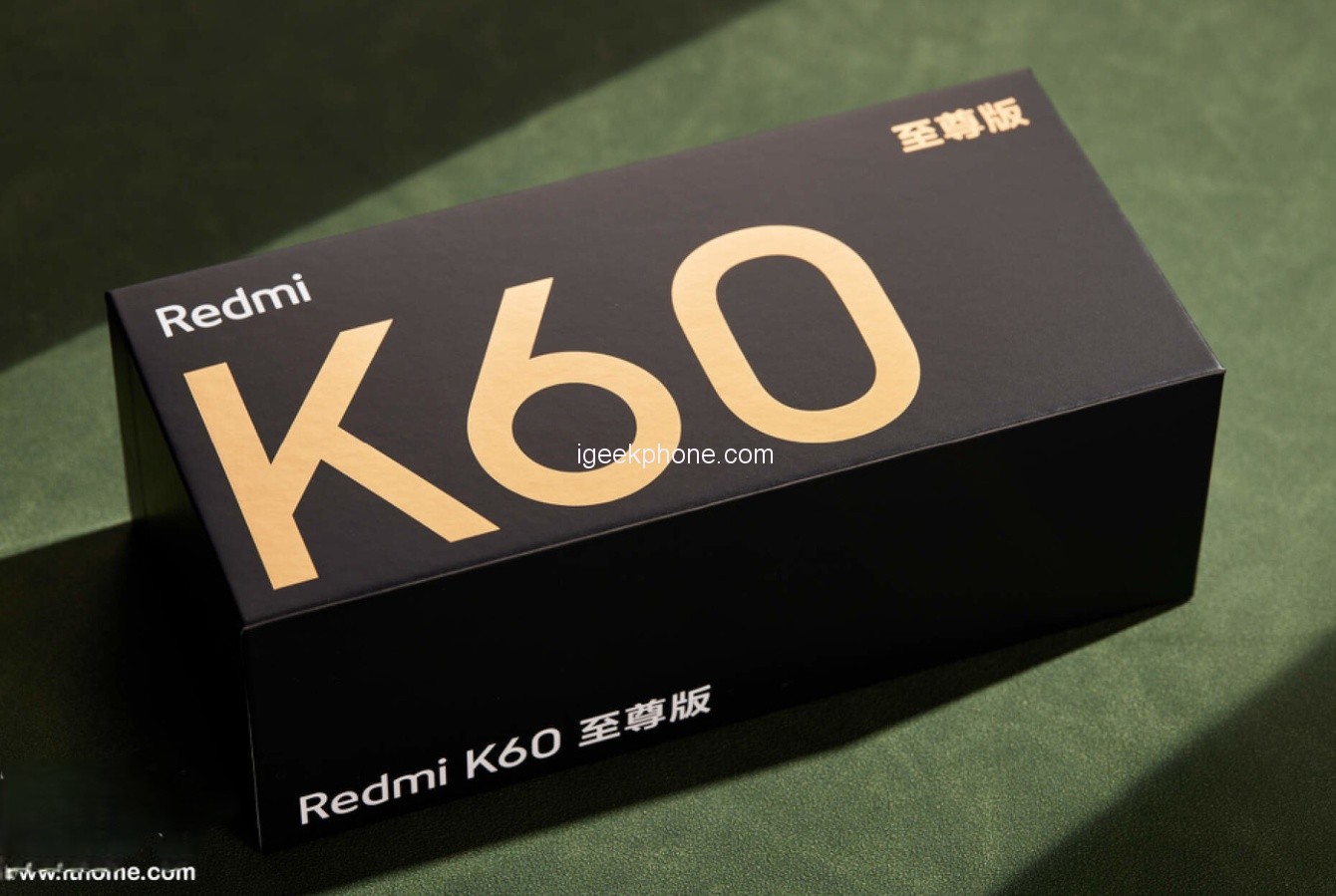
After half a month, the Redmi K60 Ultra finally arrived, with an astonishing running score of over 1.77 million, a Dimensity 9200 + processor, an X7 independent display chip, and a bursting 24GB + 1TB storage configuration, which makes people wonder about the performance of this product. The performance is full of curiosity.
I have to admit that the phone circle is too cumbersome. For consumers, this must be a good thing. I also obtained this Redmi K60 Ultra (16+1TB). Next, let us look at this mobile phone experience.
Design & Display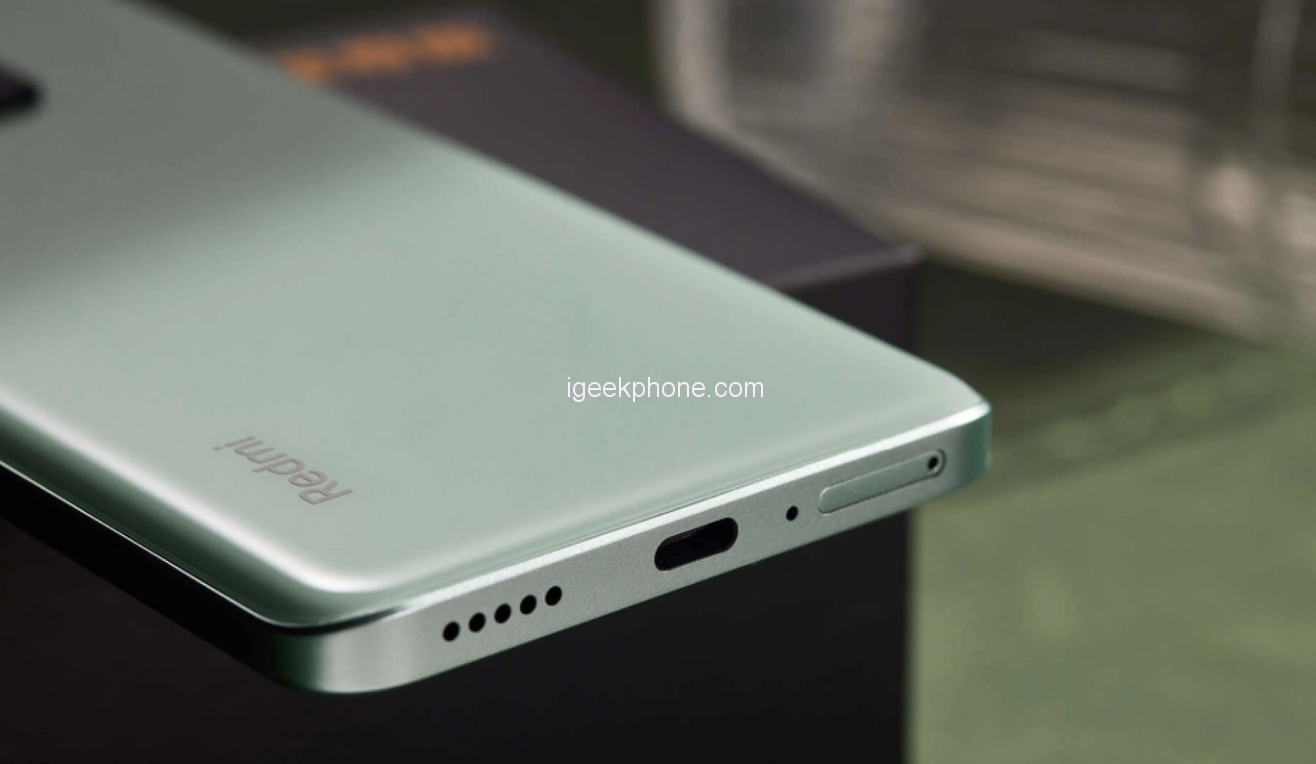
The Redmi K60 Ultra offers three new color schemes: Moyu, Yingqing, and Qingxue. IT Home got the “Yingqing” version. This unique natural color system is very close to the wild green color of the Mi 13 series in terms of appearance and low-saturation colors, but the former is slightly “thicker.”
The Redmi K60 Ultra brings an upgraded ceramic texture regarding glass back panel technology. The official said that the green glaze on the surface of the porcelain inspired it. Regarding look and feel, the “shadow blue” of the Redmi K60 Ultra is very close to oily Of ceramics. Of course, there will inevitably be a minor problem of easy-to-get fingerprints, but it can be ignored; you must wear a case anyway.
The Redmi K60 Ultra video module adopts one-cut milling, drilling, and cutting metal DECO design, especially the square lens module with the low-saturation “Shadow Green,” which makes this product a little more like the Xiaomi Mi 13 series. The first time I saw a mobile phone, I immediately thought of Mi 13.
In terms of detailed design, the middle frame of the Redmi K60 Ultra is still made of plastic, but the texture of the matte spray layer is outstanding. If you don’t look at the disappearing antenna partition, you can’t tell what material the middle frame is. This detail is too tangled.
Another detailed design is the image module of the Redmi K60 Ultra. A drill-cut metal decorative ring surrounds the module, and small slopes are made on the left and right sides. In the imaging module, the two cameras also have a “turbo” decorative ring.
Due to the straight-edge design of the middle frame and the weight of the phone at 204g, the feel of the Redmi K60 Ultra can only be said to be entirely satisfactory, but it is not too harsh.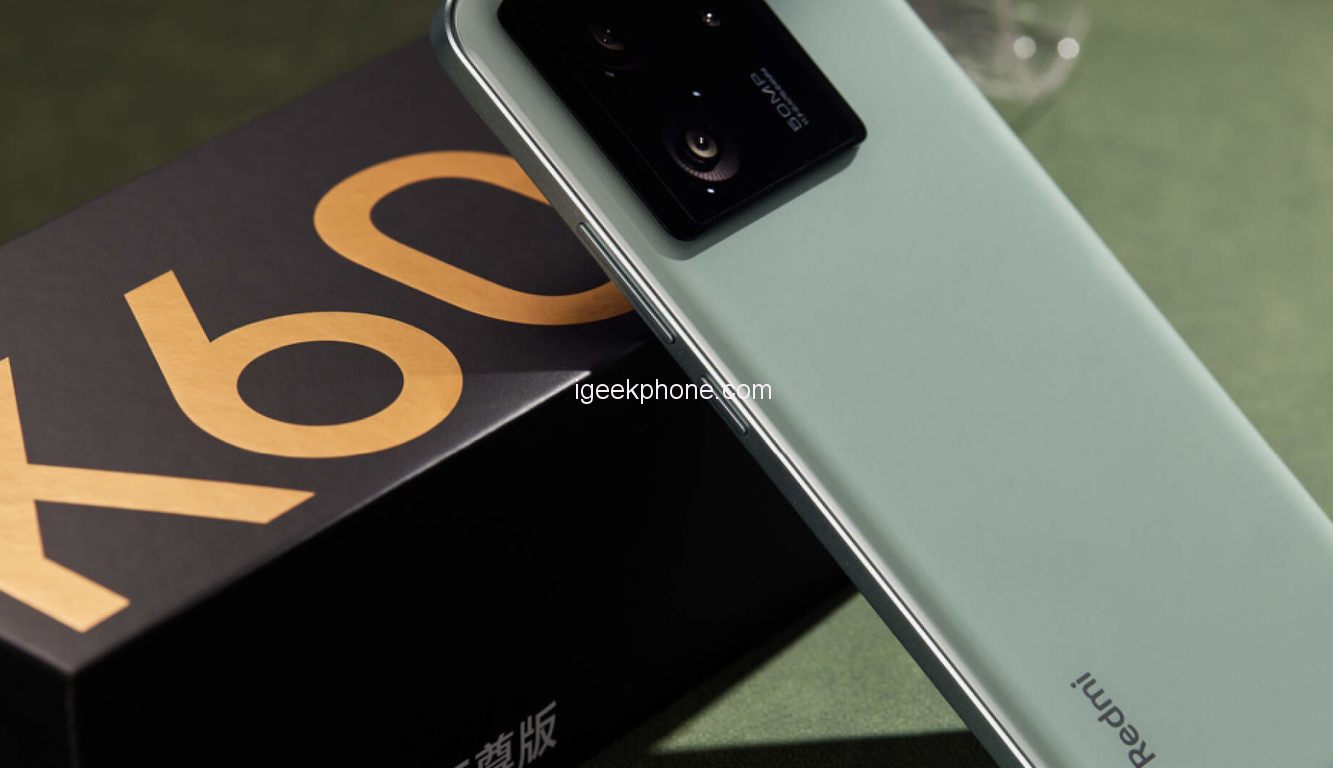
There is another crucial detail configuration; this time, Redmi K60 Ultra supports IP68 dustproof and waterproof, and the first Redmi mobile phone is equipped with IP68 dustproof and waterproof.
Some netizens said that “the IP68 is given, but the metal middle frame is not given”, and the author agrees with the readers of the Home very much-it should be saved; it should be spent. IP68 is essential in life; “water” is everywhere. Another one, these once flagship configurations have to be devolved slowly. IP68 on 2K mobile phones was also a “luxury” thing in the past, and it can’t make people eat fat.
It must be emphasized that although the Redmi K60 Ultra does not jump out of the big frame of the K60 series in terms of the overall design, it is very close to the Mi 13 series in terms of the overall refinement of the product.
The main reason is that the plastic bracket of the screen was cut off (please follow up with a friend), and the fineness of the bright screen on the front is directly improved. Although the K60 Ultra frame is not “extremely narrow,” it is valuable. The four borders are basically “equally narrow,” including the chin. If you don’t stare at it seriously, it can be regarded as “equally narrow on all sides,” and the look and feel are perfect. Back to the front, the Redmi K60 Ultra uses a 6.67-inch, 1.5K resolution (2712*1220), 446PPI POLED (plastic) flexible straight screen, and the same Huaxing C7 luminescent material of the Mi 13 Ultra.
Regarding certification and parameters: refresh rate upgrade 144Hz, 2600nit screen peak brightness, diamond-like arrangement, support for P3 color gamut, 12-bit color depth, Delta E≈0.37, JNCD≈0.32.
It also supports HDR Vivid certification, HDR10+ certification, Dolby Vision, and Ultra HD certification. 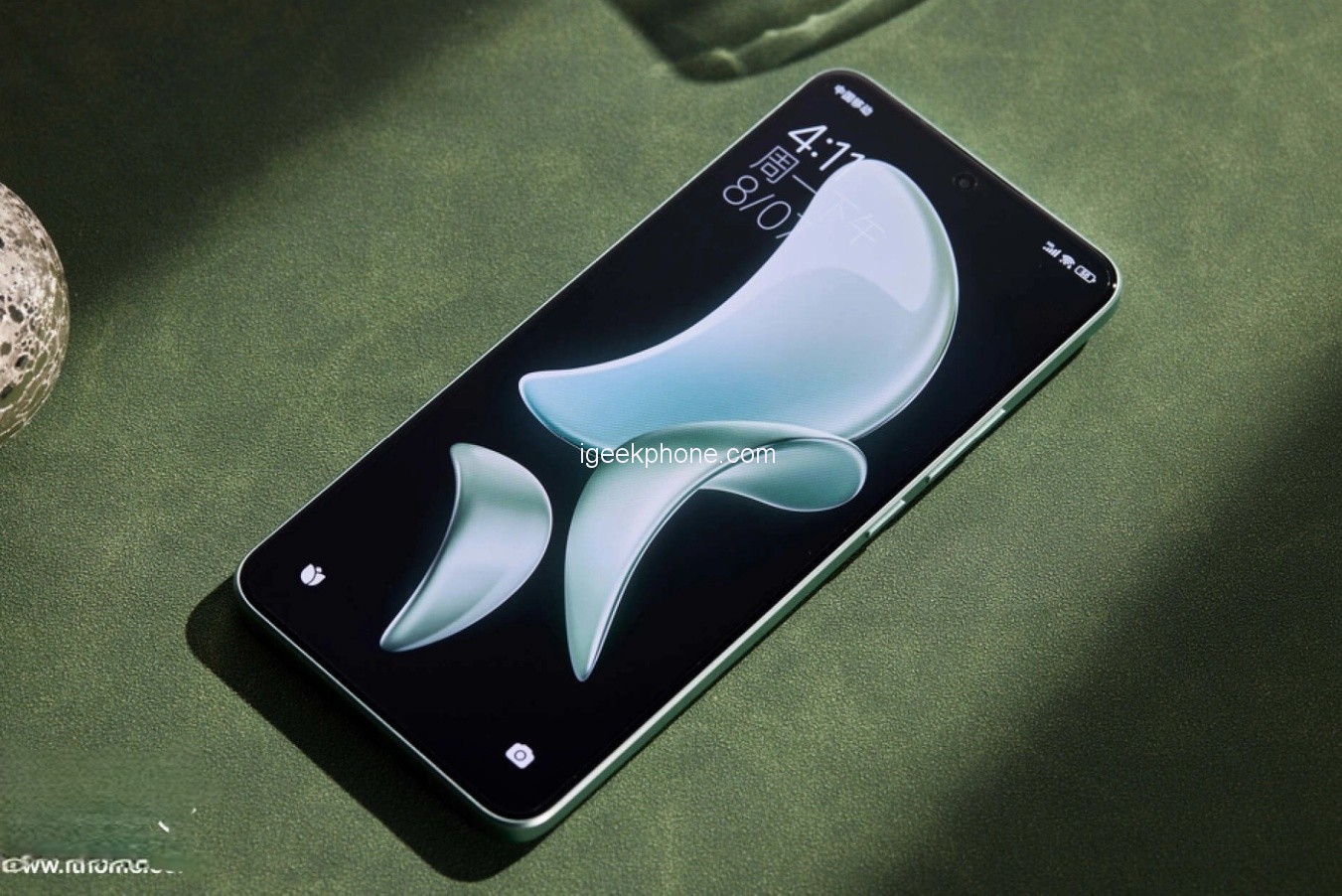
More importantly, the Redmi K60 Ultra has also upgraded 2880Hz ultra-high PWM dimming, which is better for eye protection performance. It can be said that the 1.5K screen of the Redmi K60 Ultra is complete in the same 1.5K field, and the screen quality ceiling exists.
Hardware 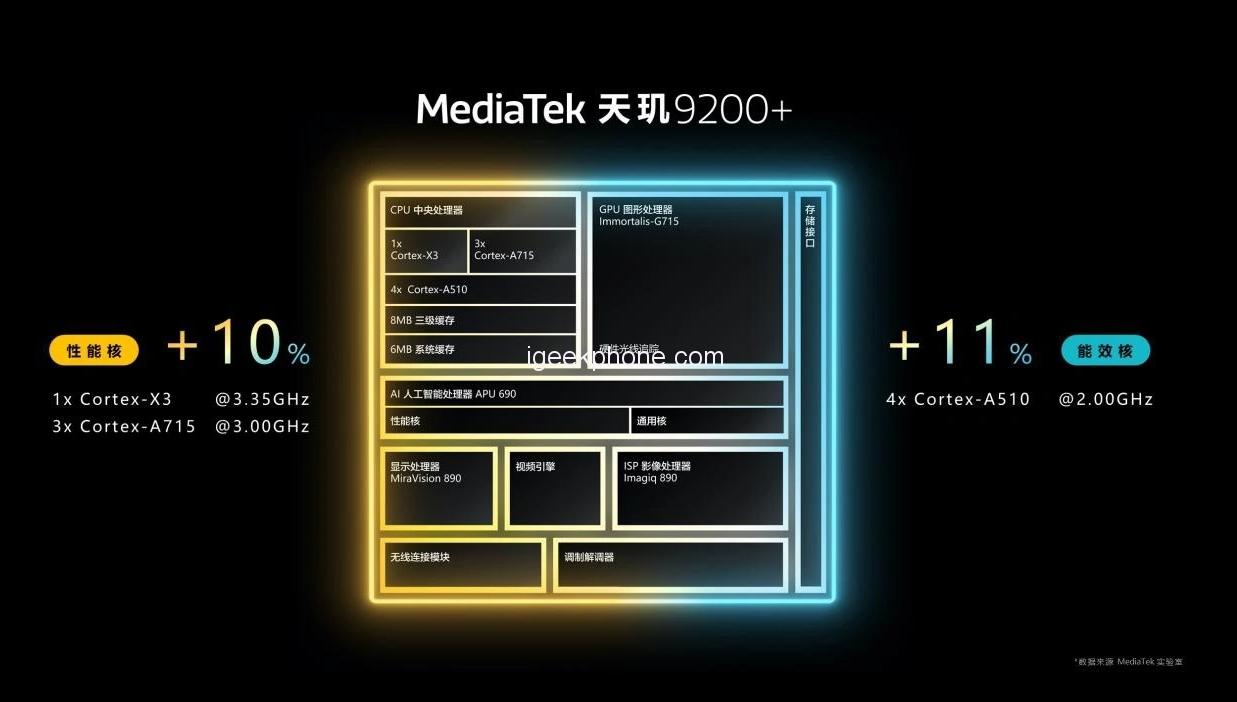
Performance is the biggest highlight of the Redmi K60 Ultra. It is equipped with Dimensity 9200 + and independent display chip X7 and has upgraded Hurricane Engine 2.0. Supreme provides a 24GB+1TB storage version; the entire series is LPDDR5X+UFS4.0. At the same time, it is equipped with an X-axis linear motor, NFC, infrared remote control, and dual speakers.
This 24GB large memory is fierce enough. In my impression, the complete popularization of 16GB large memory is only in this short period of half a year, right? We tested the 16GB+1TB version this time, which supports 6GB storage expansion. This storage configuration will not be eliminated for at least a few years, so feel free to use it.
Dimensity 9200 + is “the strongest flagship chip in 2023”. From the current point of view, this chip still dominates the AnTuTu running score list, and there is no doubt that the chip has the most robust performance.
Specifically, the CPU and GPU performance of the Dimensity 9200+ has been significantly improved compared with the previous generation. The eight-core CPU includes an Arm Cortex-X3 super core with a central frequency of up to 3.35GHz and three Arm Cortex-X3 cores with a central frequency of up to 3.0GHz. A715 large core and four Arm Cortex-A510 energy-efficient cores clocked at 2.0GHz.
As an upgraded version of Dimensity 9200, the performance of Dimensity 9200+’s performance core and energy efficiency body has increased by 10% and 11%, respectively, and both the super-large core and the large core have risen to above 3.0 GHz. In addition, the peak frequency of the 11-core GPU Immortalis-G715 equipped with Dimensity 9200+ can be increased by up to 17%, and its strong performance can meet users’ needs to run mobile games and complex applications smoothly.
The other “independent display” chip comes from Pixelworks’ X7 with the highest specifications. Its data throughput per second is as high as 19.9B bits, and the frame insertion delay is as low as 10ms. Officially, it is the industry’s lowest delay solution.
According to the official description, the K60 Ultra connects the Dimensity 9200 + with the independent graphics chip X7 through the Furious Engine 2.0. It implements the jointly developed MAGT Ultra, with lower latency and power consumption, in games such as “Yuan Shen.”, which can achieve 144Hz super frame + 1.5K super-resolution and total blood concurrency.
The figure below shows that the Redmi K60 Ultra scored 59.68fps in the 30-minute “Yuanshin” game at 60fps + the highest quality.
The game has a few frame drops; the duration is concise and invisible to the naked eye. The rest of the time, the frame is stable throughout the process. Even in the battle scene, the frame rate is very durable and fluctuates slightly within the controllable range. The game performance is excellent. The fury engine 2.0 and Dimensity 9200 + will fully release the version.
In terms of power consumption, the 30-minute “Yuan Shen,” the Redmi K60 Ultra is only a little over 5W (5.053W)
Of course, the most basic “Original God” game can only be considered an appetizer. In the days when the high fever of the Snapdragon 888 never subsided, the performance of such a highly stable frame without frequency reduction was very commendable. Still, now that the high fever has subsided, such performance can only be regarded as basic skills, and the game experience needs to be tested for higher scores. , then you have to come up with some real power, such as – a superframe, super-resolution, and the concurrency of the two.
Of course, superframe and super score are not considered “unique skills.” After all, friends and merchants also superframes functions, but Redmi K60 Ultra asuperframefunctiosuperframe a price range and such a top configuration. Fsuperframeho is really into mobile games; this is simply a brace for uninvolved ones!
Specifically, the Redmi K60 Ultra supports superfrasuperframegames of dozens of popular mobile games such as “Glory of the Ksuperframen Shen,” “Peace Elite,” “And Call of Duty Mobile Games.”
In terms of superframe/susuperframeion concurrency, it has been adapted to 3 gamesuperframeen,” “Glory of the King,” and “Peace Elite.” Among them, “Yuan Shen” currently supports 1.5K+superframeurrency; “Glory of the King” and “Peace Elite” superframe K+120FPS concurrent.
In the game, swipe in the upper left cornsuperframecreen to call out the “Game Toolbox.” “Picture Enhancement” includes the options of “Smart Frame Insertion” and “Super Resolution,” which can be opened by super-framing it.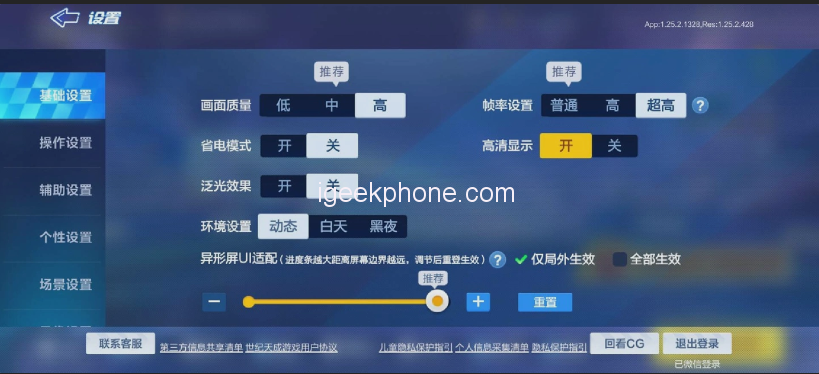
Taking the game “Yuanshin God” as an example, when we turn on “Super Resolution,” that is, superframe super-resolution and simultaneous opening. You can enjoy “Yuanshin” with 1.5K resolution and 144fps.
As far as experience is concerned, this function has a specifisuperframeor example; after turning it on, the brightness superframe screen of “Yuan Shen Shen” has improved to a certain extent, and the screen’s contrast and the edge sharpness of the picture quality are more prominent. Obviously, “super-resolution” has played a role at this time.
Secondly, superframe mode is turned on, and the built-in frame rate of the game is displayed as 48fps. The frame rate of the screen has reached 144. This is because the original GPU needs to render 60 frames. After the superframe, only 48 frames need to be generated. It is completed by this “independent display” chip with three times the excellent structure. In theory, saving a certain amount of power consumption is possible.
After turning on “Super Resolution,” the frame rate and power consumption performance of “Yuan Shen.”
For those fanatics of “Yuanshin,” with this “smart frame insertion” and “super-resolution,” in fact, you can also manually reduce the game quality to mid-range and then turn on the above functions through this “curve overtaking” “The way to achieve high image quality and high frame rate, while taking into account the game experience of a specific power consumption.
In addition to superframe super-resolution concurrency, Redmi K60 Ultra also supports the native 144FPS high frame rate mode of 30 games, including “Cross Fire Mobile Game,” “Ace Fighter,” “Rusuperframe” “Mobile Suit Alpha,” “Dragon Fantasy,” “Tianyu,” superframe” “New World of Gods and Demons,” etc. You can select 144fps in the game by entering the image quality settings and playing games with super-high frames without interpolating frames.
In this part, we also conducted actual measurements tsuperframening Kart.”
In a 1-minute game (no waiting and game settlement screen), the average frame rate of the Redmi K60 Ultra reached 143.45fps, which is close to the entire frame (144fps).
This part is a surprise. On the one hand, Furious Engine 2.0 reduces power consumption to a certain extent. Secondly, the heat dissipation of the Redmi K60 Ultra is relatively sufficient, including 5000m㎡ all stainless steel VC and so on.
From the actual measurement, in the 30-minute high-intensity “Original God” game, the maximum temperature of the front and back of the Redmi K60 Ultra is just over 41°C. The heat must exist, but it is far from hot.
Battery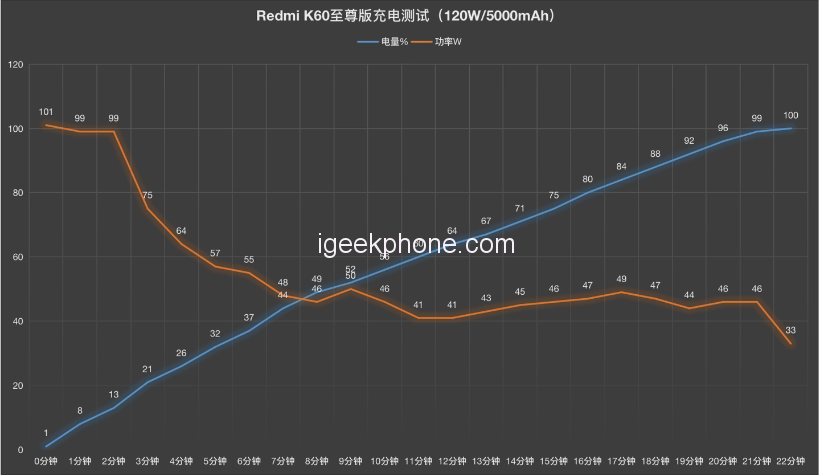
K60 Ultra has a surging P1 fast charging chip and a surging G1 power management chip, MTW multi-pole single-cell design, using a 120W second charging + 5000mAh battery combination. The official said that in extreme speed mode, it only takes 8 minutes to charge the battery to 50% and 19 minutes to set it to 100%.
The battery options are set, turn on “fast charging acceleration” and the extreme speed mode (off by default). As shown in the picture below, we do power recording through Power-Z.
As shown in the figure above, about 2 minutes before charging, the power of the Redmi K60 Ultra can reach more than 99W, and the administration also has a visible growth at this time.
It takes about 9 minutes to charge to more than 50%, and the power is maintained at about 50W. When the energy reaches more than 80%, the emphasis remains above 44W.
It takes about 21 minutes to charge to 100%, followed by a trickle of about 4 minutes, and the total charge is maintained at around 25 minutes. At this time, the power is only about 0.5W.
The author thinks that 120W fast charge + 5000mAh battery is a choice considering both ultra-fast charge and a large battery. After all, under the existing scheme, the battery capacity will have to “shrink” to do a faster, fast amount,t. On the other hand, the 120W quick charge of the Redmi K60 Ultra is already speedy. Charge it in the morning when you wash, and you can get a full day of battery life.
In terms of charging temperature, we also conducted a test. When setting to more than 50%, the maximum temperature of the mobile phone is around 43°C, which is slightly higher than the game’s. The maximum temperature of the charging head is also about 43°C, which is acceptable in the range. According to official information, the K60 Ultra has also designed 50 safe charging protections for fast charging and battery to improve battery safety further and delay battery aging.
Cameras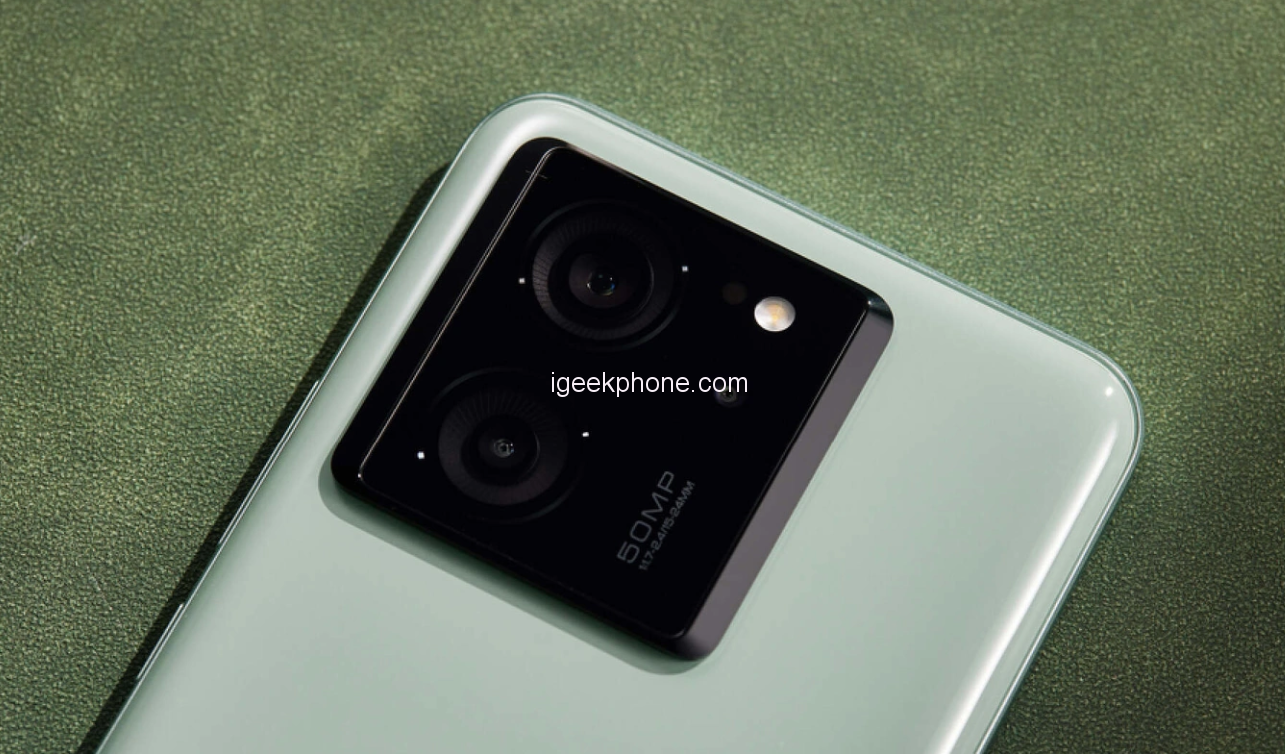
In the imaging part, the primary camera of the Redmi K60 Ultra is IMX800. This sensor has appeared in many Xiaomi mobile phones, such as Xiaomi 13, K60 Pro, Civi3, etc.
The IMX800 sensor size is 1/1.49″, uses a 7P lens, supports OIS optical image stabilization + EIS electronic image stabilization, and supports 50MP full-pixel direct output mode (default output 12.5MP). The other two lenses are 8 Megapixels, IMX355 super wide-angle, And a 2-megapixel macro. In terms of specifications, it is consistent with the K60 Pro, but this 2-megapixel tactical lens is unnecessary; save some money!
What is commendable is that Xiaomi Imaging Brain 2.0 has also fully landed on the Dimensity 9200+ platform, and Xiaomi’s core imaging capabilities have been decentralized.
In terms of experience, the Redmi K60 Ultra also brings a snapshot camera, everything focus 2.0, P100F / F-50 / R600 three film effects, a new 8-color optional photo frame, and two imitation film edges Punch photo frame.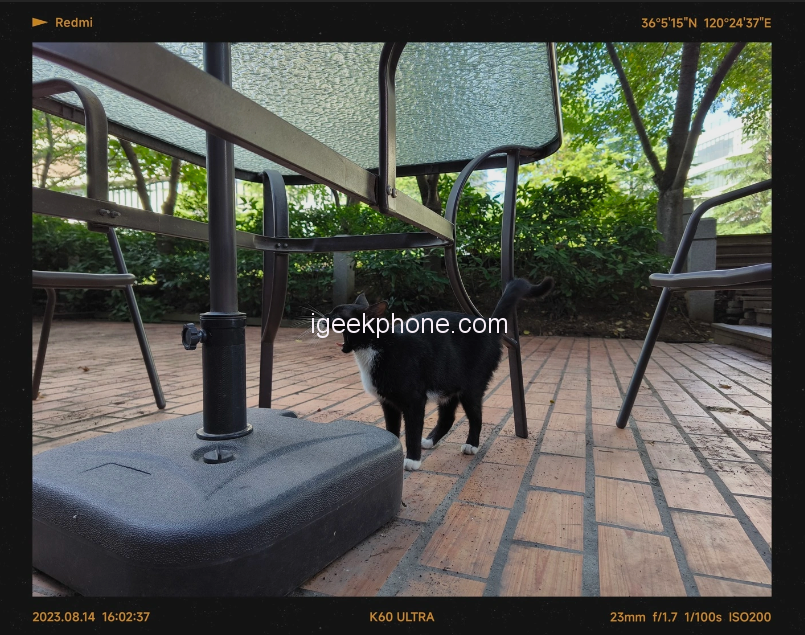
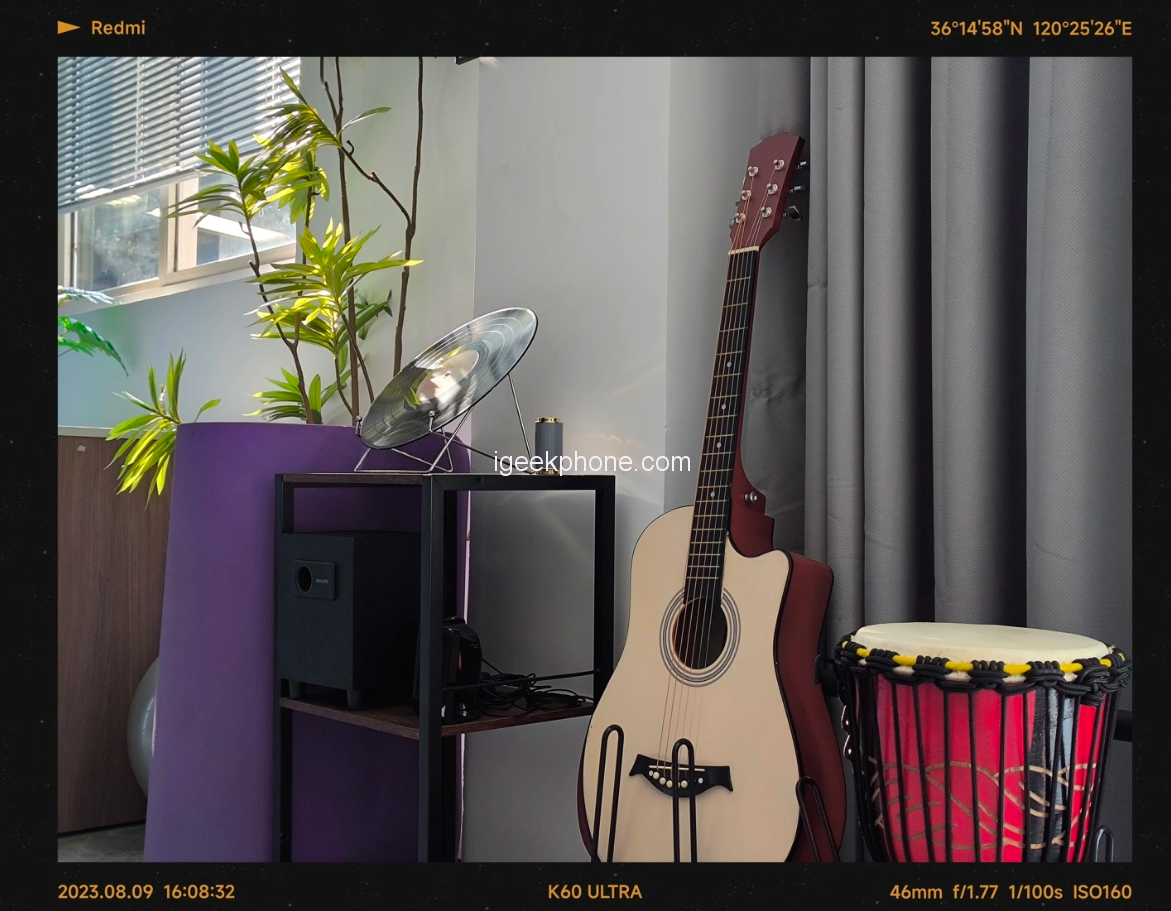
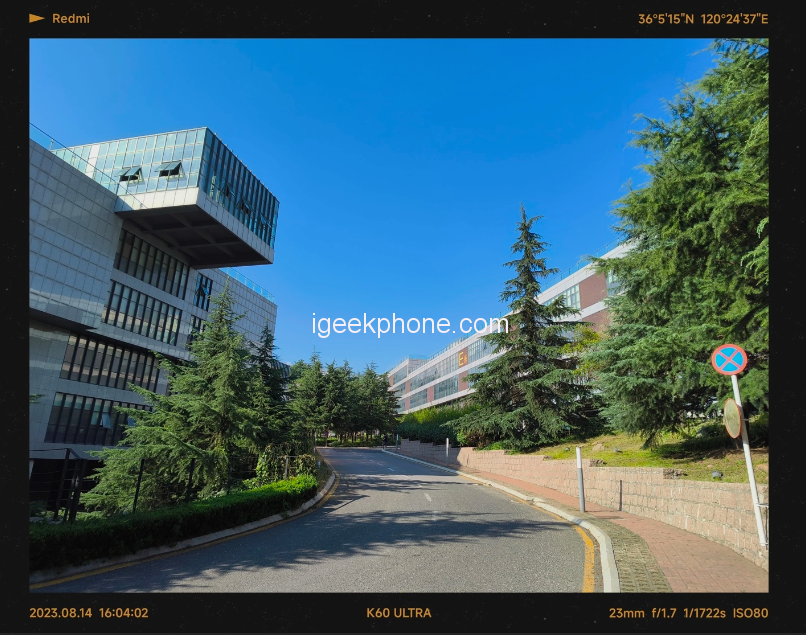
Judging from the proofs, the 8MP ultra-wide-angle of the Redmi K60 Ultra can only be mediocre, and the other 2MP macro is just a “tactical” function.
However, the primary camera of this IMX800 carries the image banner of the Redmi K60 Ultra. This lens has very stable performance in various environments. More importantly, thanks to the decentralization of Xiaomi Imaging Brain 2.0, the Redmi K60 Ultra also. The 2X telephoto performance of this primary camera is also very satisfactory, and its imaging quality is no worse than that of an independent 2X lens.
In general, as a performance-oriented mobile phone, the camera level of the Redmi K60 Ultra (only the primary camera and 2X) is entirely beyond the author’s expectations, which is a surprise.
Read Also: Redmi Pad SE Launched with Snapdragon 680 Chip, 11-Inch Display
Verdict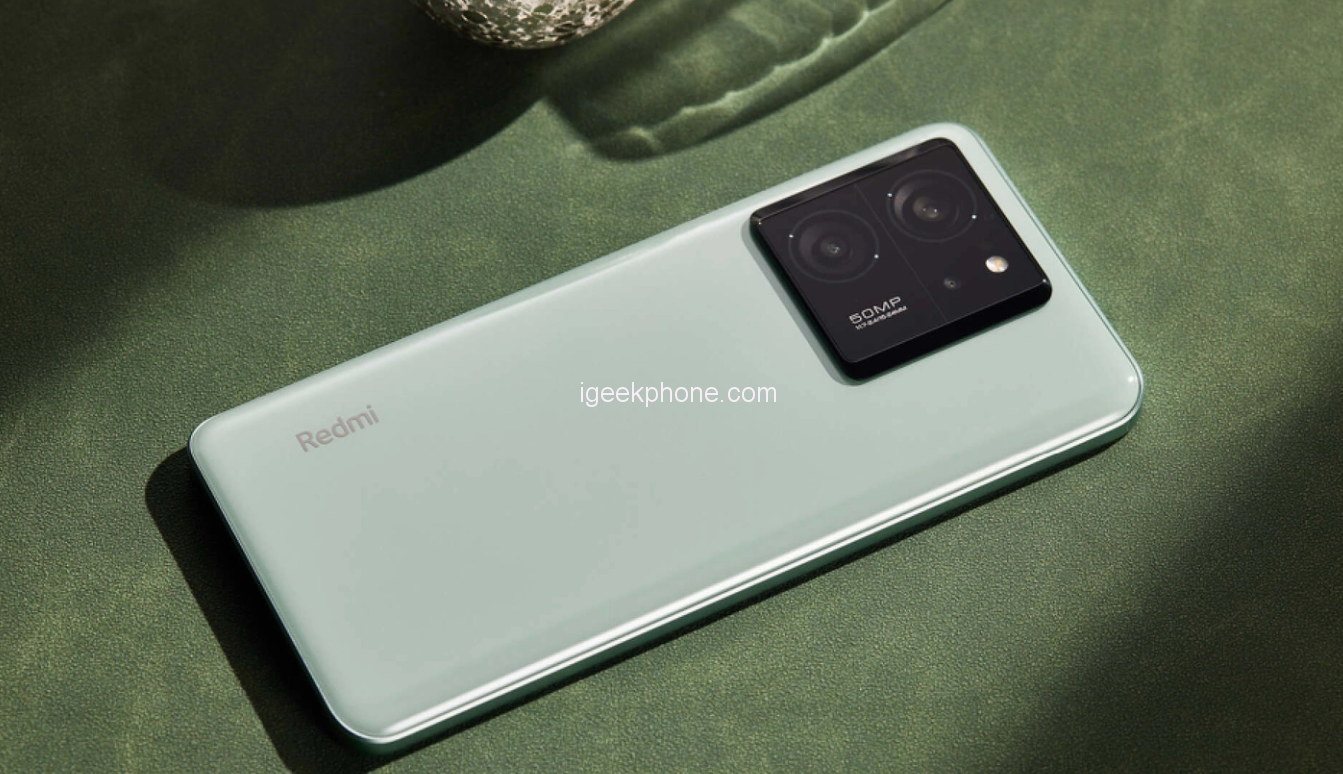
After a period of experience, the Redmi K60 Ultra gave me the most prominent feeling that this mobile phone can hardly be faulted in terms of performance and configuration. It is too mediocre to describe this product with the cliché “bucket phone”; it seems more appropriate to add a violent adjective – violent “bucket phone.”
Yes, in terms of configuration stacking and game performance, such as 24GB large memory, Dimensity 9200+, independent display X7, violent engine 2.0, 120W fast charging, etc., make the Redmi K60 Ultra worthy of the word violent; in terms of design, cut off the screen bracket, and the addition of IP68, which makes this product more refined than previous Redmi phones; in the imaging part, IMX800 + optical image stabilization + Xiaomi image brain 2.0 is also challenging to pick out the slots (originally I wanted to complain about the 2 million tactics, but I immediately took it back when I saw the price of 2599 yuan).
In general, the Redmi K60 Ultra still implements the principle of Redmi’s ultra-high-cost performance. Faced with such “introverted” competition in the industry, the Redmi K60 Ultra has shown complete sincerity and more introverted configurations to deal with it.
In the next period, the Redmi K60 Ultra may become the most troublesome competitor of friends and merchants.









